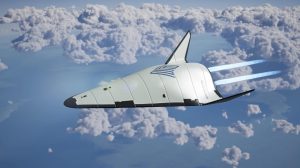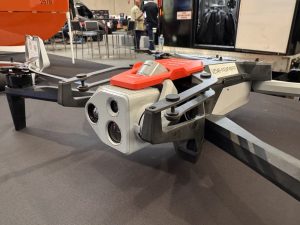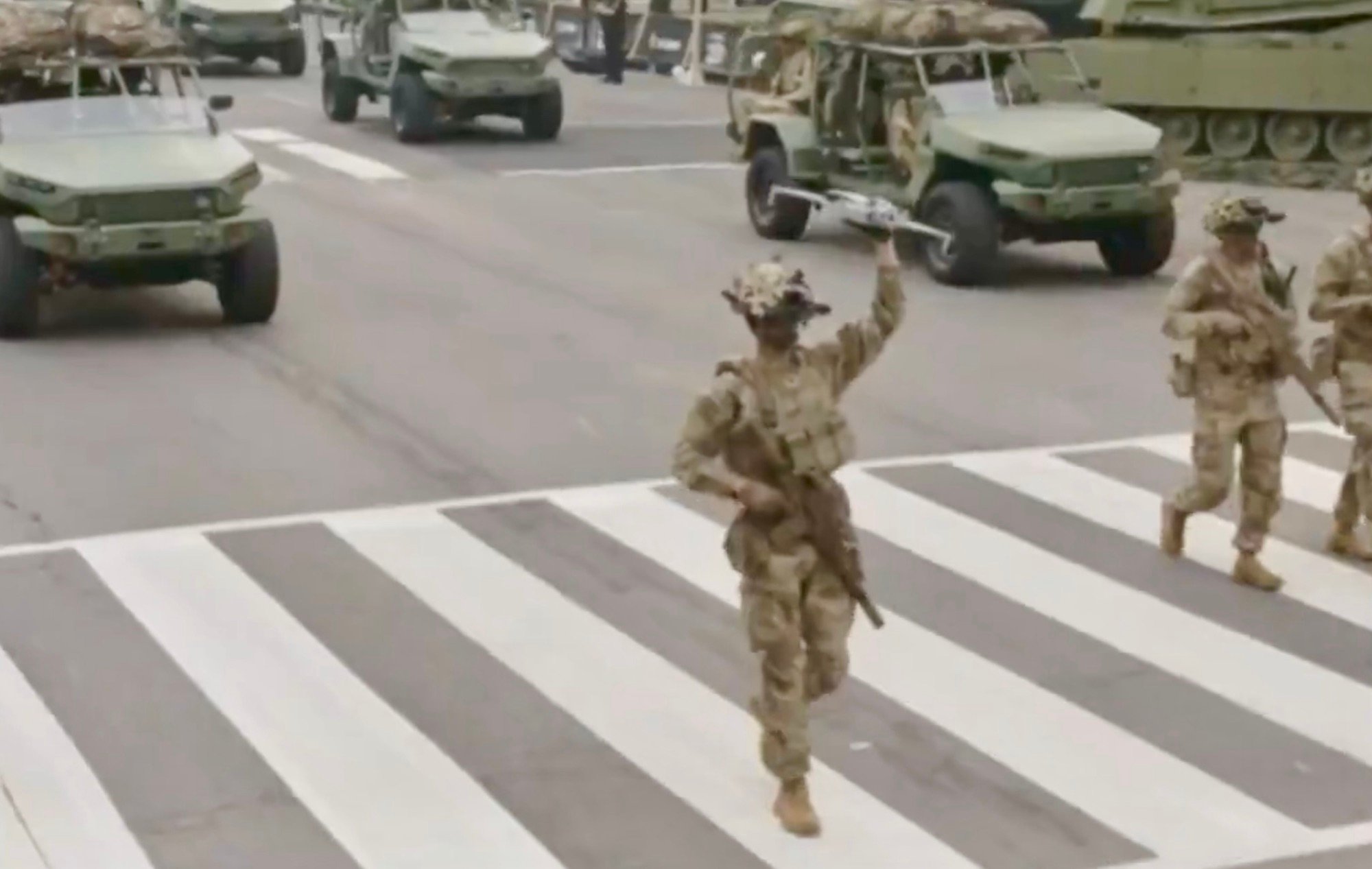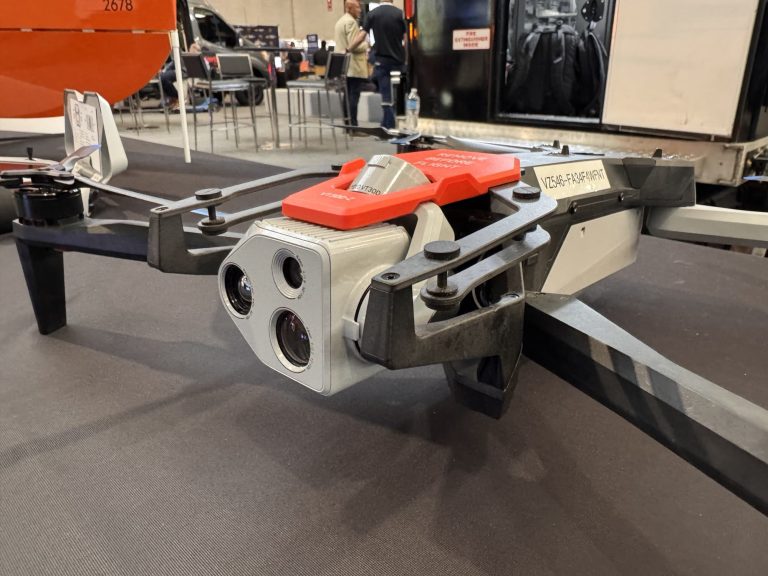President Donald Trump’s fiscal 2026 defense budget, unveiled today, prioritizes drones and high-tech missiles while cutting F-35 jet purchases and Navy jobs, signaling a shift toward agile, cost-effective warfare. The $892.6 billion proposal, detailed by Reuters, emphasizes deterrence in the Indo-Pacific and lessons from Ukraine‘s drone-heavy combat, reshaping military priorities for drone professionals and defense contractors.
Drone Investments Surge
The budget significantly increases funding for small drones, drawing on Ukraine’s success with unmanned systems for low-cost, high-impact operations. A senior defense official noted investments will “enable the Pentagon to pass an audit by the end of 2028,” highlighting drones’ role in modernizing warfare. For drone professionals, this signals expanded opportunities in military-grade UAV development, with small, tactical drones likely to see rapid adoption for reconnaissance and strike missions. The focus on drones aligns with industry trends toward compact, versatile systems that reduce reliance on expensive manned aircraft.
High-Tech Missiles Prioritized
Trump’s plan allocates substantial funds for advanced missiles like the Joint Air-to-Surface Standoff Missile-Extended Range (JASSM-ER) and Long-Range Anti-Ship Missile (LRASM), both made by Lockheed Martin. These missiles, with ranges exceeding 600 miles, are tailored for Pacific operations where vast distances challenge conventional systems. However, the budget reduces orders for Precision Strike Missiles, successors to the Army Tactical Missile used in Ukraine, indicating a selective approach to munitions. Drone operators may benefit from integrated missile-drone systems, enhancing precision strikes over long ranges.
F-35 Cuts and Navy Reductions
The proposal requests only 47 F-35 jets, down from 68 in Biden’s 2025 budget, sparking debate in Congress, where a House draft bill pushes for 69 jets. The reduction reflects a pivot from costly manned platforms, with each F-35 costing around $110 million. The Navy faces cuts, too, with 7,286 civilian jobs eliminated and only three warships funded, though a separate bill may cover a Virginia-class submarine and 15 other vessels. For drone enthusiasts, this shift underscores drones’ growing role as affordable alternatives to traditional assets like the retired A-10 Warthog fleet.
Strategic and Economic Implications
The budget’s focus on drones and missiles aims to counter Chinese aggression in the Indo-Pacific, where unmanned systems offer strategic flexibility over vast oceanic expanses. Economically, increased drone funding could spur innovation among U.S. manufacturers, creating jobs in aerospace hubs. However, Navy job cuts and reduced shipbuilding may strain coastal economies. Regulatory changes could emerge as drone integration accelerates, potentially streamlining certification for military UAVs while raising safety standards.
Congressional Pushback Looms
Congressional debates are heating up, with Republicans advancing a $150 billion defense package, including $25 billion for Trump’s “Golden Dome” missile shield, funded separately. The House’s push for more F-35s suggests resistance to Trump’s drone-centric vision. Drone professionals should monitor these discussions, as outcomes will shape Pentagon contracts and R&D priorities.
At $892.6 billion (flat from 2025), the budget reallocates resources to favor unmanned systems and missiles over traditional platforms. For drone operators and manufacturers, this pivot heralds a new era of opportunity, driven by battlefield-proven technologies and geopolitical demands.
Discover more from DroneXL.co
Subscribe to get the latest posts sent to your email.











+ There are no comments
Add yours